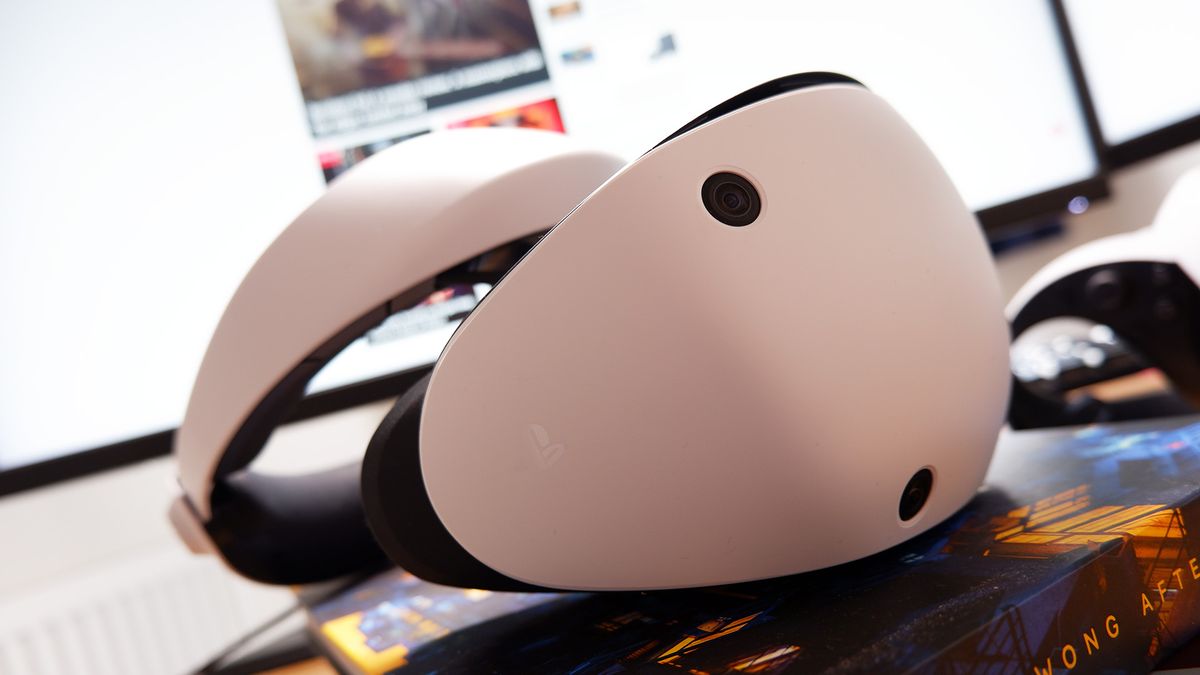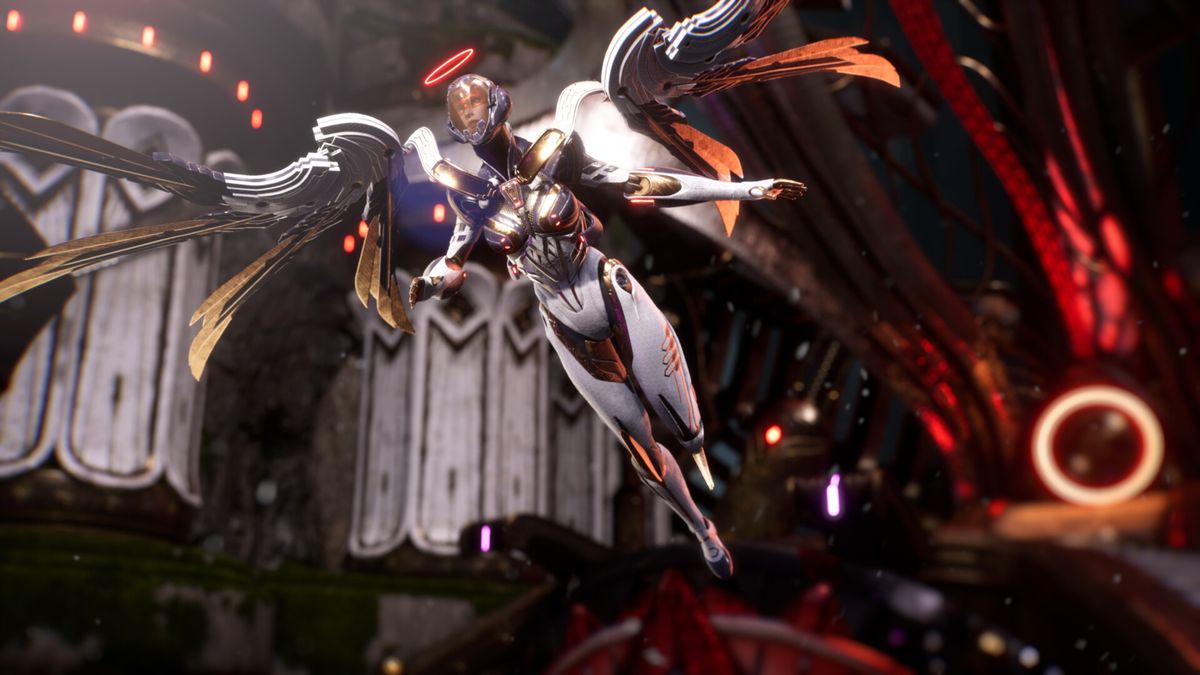PSVR 2 support would give PC VR enthusiasts another strong choice alongside the Meta Quest 3 and Valve Index.
Sony’s original PlayStation VR was the most comfortable headset anyone had made when it launched back in 2016, but using it was anything but comfortable. It required a mess of cables and a breakout box just to run with the PlayStation 4, a problem Sony thankfully solved with the PSVR2—the new headset needs just a single USB-C cable attached to a PlayStation 5 get working. And now Sony’s eliminating that console requirement altogether.
In a post on the PlayStation Blog today, Sony stated that it’s “currently testing the ability for PS VR2 players to access additional games on PC,” indicating official PC support for the headset is on its way. The post has no more details to offer other than a vague timeframe—”we hope to make this support available in 2024″—but it’s yet another indication that Sony’s looking to expand its gaming profits beyond the confines of the PlayStation.
PSVR2 struggled with weaker-than-expected sales at launch, and I have to imagine VR development in general is a tough space for Sony to navigate. How much money can Sony realistically devote to first-party VR games or shelling out for exclusives when it has sold only a million-odd headsets so far? The PSVR headset’s exclusivity isn’t selling more consoles.
Conversely, making the headset compatible with the large library of VR games already on Steam may well help sell more headsets, and bringing some of the PSVR2 exclusives to PC should offer a huge boon to their sales—Resident Evil Village and Gran Turismo seem like shoe-ins for the PC audience in particular. PSVR2 support currently seems slim on the console, with just 70 games on Sony’s official list as of this writing.
With official support for PC, the Sony PSVR 2 headset may also jump to the top of the list of our recommended VR headsets. While it doesn’t offer the standalone option of the Quest 3, as a PC headset it’s more affordable than the Valve Index while offering a higher-res display and eye tracking. “It’s a fully-fledged VR experience in a way the first-gen unit never was, and shows just how serious Sony has become about virtual reality,” Jacob wrote in our review last year. “I’m utterly impressed by it.”


